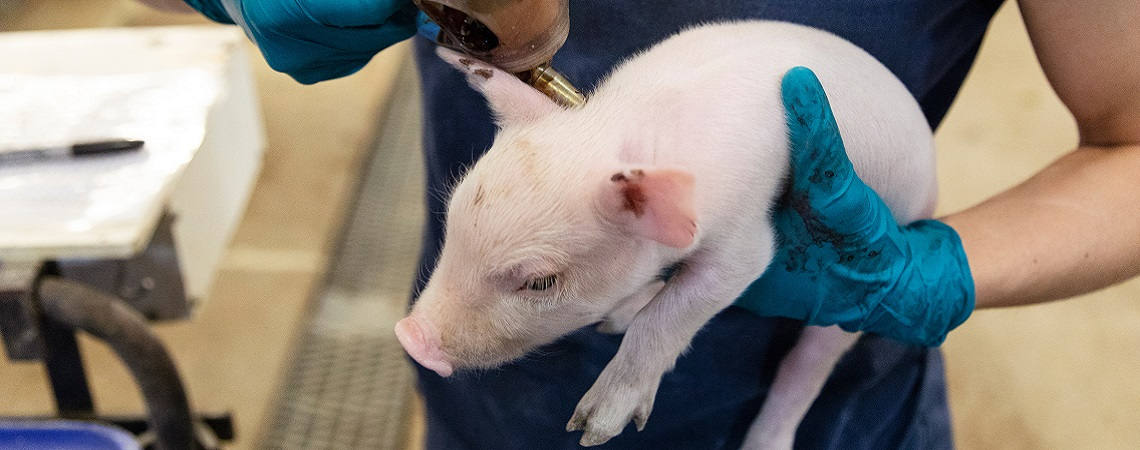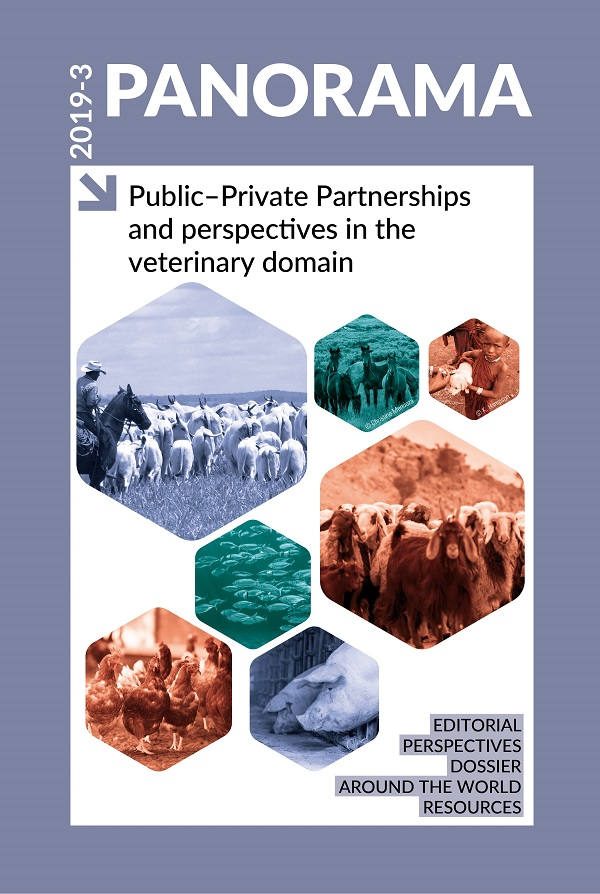Perspectives Posted on 2020-01-14 11:34:53
Public–private partnerships: combining the best of both sectors
Keywords
Authors
Alex Rinkus, Communications and Stakeholder Engagement, HealthforAnimals.
The designations and denominations employed and the presentation of the material in this article do not imply the expression of any opinion whatsoever on the part of the OIE concerning the legal status of any country, territory, city or area or of its authorities, or concerning the delimitation of its frontiers and boundaries.
The views expressed in this article are solely the responsibility of the author(s). The mention of specific companies or products of manufacturers, whether or not these have been patented, does not imply that these have been endorsed or recommended by the OIE in preference to others of a similar nature that are not mentioned.
Public–private partnerships that combine the knowledge, expertise and missions of both public and private actors can support the livestock sector in facing the road ahead.
Synergistic collaboration
Public–private partnerships thrive when each side is able to offer its unique and complementary attributes to a project to ensure its success.
The public sector can offer deep wells of knowledge within governments or universities and the support to undertake projects that may be smaller, speculative or financially difficult.
The private sector possesses extensive distribution networks, along with the expertise to develop a nascent medicine into a safe, viable product for the market.
By working together, the two sectors maximise their unique experiences, knowledge and resources to address an under-served issue. The outcome is healthier animals and more developed markets, which can lead to more available medicines.
Proven model
The Pirbright Institute in the United Kingdom has developed a potential vaccine for foot and mouth disease (FMD) that offers protection against four FMD serotypes, which affect livestock in some of the poorest areas of the world. However, this vaccine needs distribution, manufacturing and testing networks, etc. The Pirbright Institute has partnered with a global animal medicines company (and HealthforAnimals member) to make use of its expertise and networks to deliver an approved, commercially viable and affordable vaccine to those who need it. This partnership combines public-sector knowledge with established private-sector infrastructure to benefit livestock farmers in the poorest regions. This is just one example of how PPPs can tackle difficult challenges.
Future of public–private partnerships
As the human population and challenges confronting our world increase, so do the challenges we face in livestock production. It is essential that public and private sectors work in tandem, so the unique characteristics of each side can combine to solve problems that cannot be solved alone.
http://dx.doi.org/10.20506/bull.2019.3.3041












